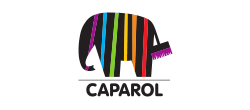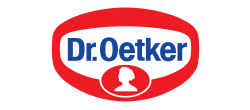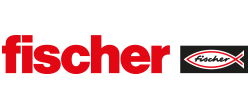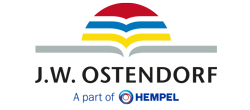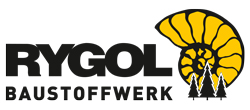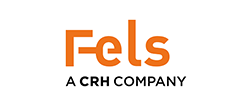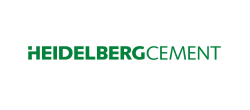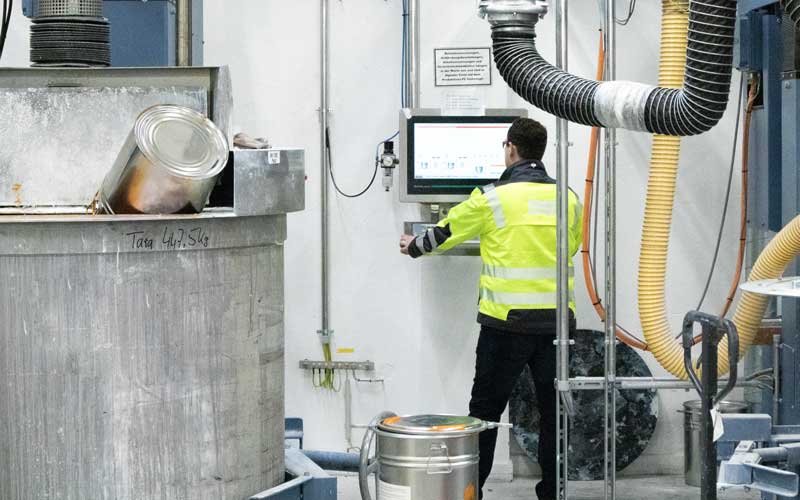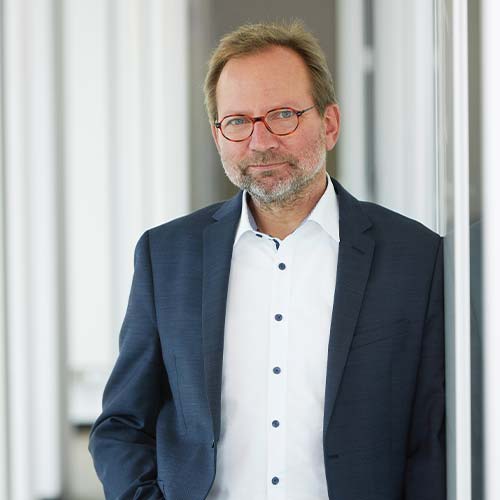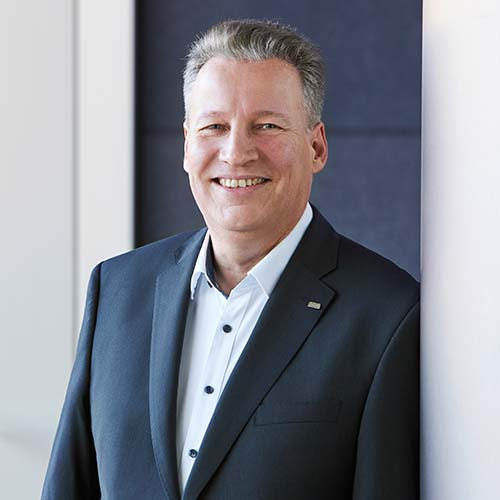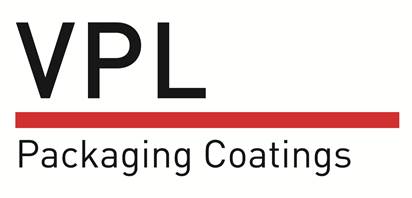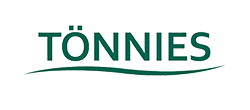Production control
Make your production more efficient
New production processes as well as more flexible production lines lead to ever increasing requirements for automation systems and, consequently, for the corresponding software. In times of digital transformation, always keep track of the complex processes running on your process-controlled lines. Our manufacturing execution system reliably controls both, manual and automated process steps, and provides for consistent and transparent material management in production.
As a system integrator and partner, OAS with its manufacturing execution system delivers consistent solutions, which ensure that data flows smoothly. Learn more about the production control system by OAS and our process automation technology.

